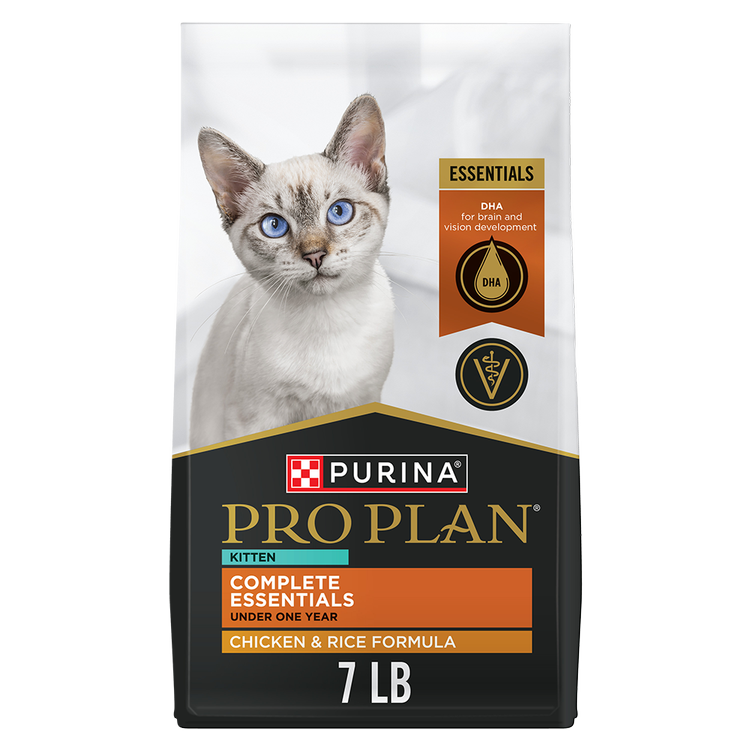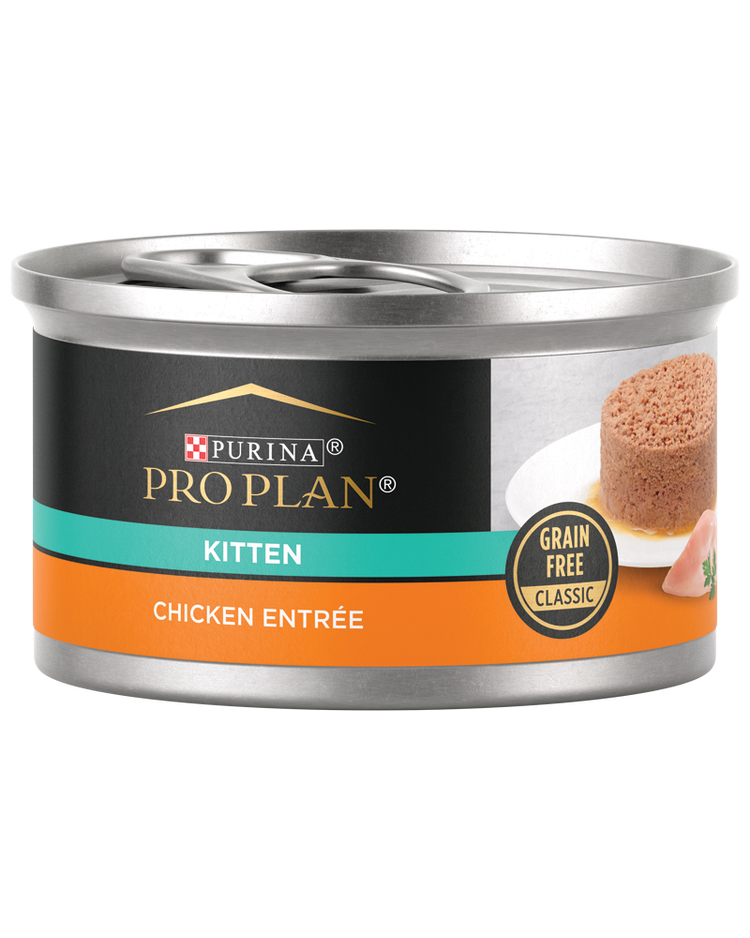Sphynx

- Size:Medium
- Weight:Male: 8 to 12 pounds, Female: 6 to 9 pounds
- Coat:Hairless, although some have a fine down
- Color:White, black, blue, red, cream, chocolate, lavender, cinnamon and fawn, plus various patterns and shadings
The hairless Sphynx is muscular with broad ears, a wide-eyed, friendly expression, and an affectionate personality to match.
Temperament
The Sphynx is a sweet-natured, lively and inquisitive cat who loves being the center of attention. A devoted, loving lap cat, the Sphynx enjoys talking and following her human companions everywhere, and even likes to sleep under the covers with them.
Sphynx are playful and entertaining cats who usually get along fine with other family pets. They do not do well when left alone all day.
Characteristics
The most striking characteristic of the Sphynx is of course her hairlessness, which exposes her warm, chamois like skin for the world to see, touch and enjoy. Her wrinkled skin, exaggerated ears and large eyes give her face an otherworldly expression and wisdom.
Lifespan
8 to 15 years
Colors
Sphynx colors include white, black, blue, red, cream, chocolate, lavender, cinnamon and fawn, plus various patterns and shadings.
Shedding
Though a non-shedding hairless breed, some Sphynx have a fine down on their bodies. Because they don’t have hair to absorb sebaceous oils secreted by a cat’s skin, they require bathing every few weeks with a natural, gentle shampoo.
This should keep the Sphynx’s normally suede-like skin from becoming oily to the touch and developing problems. Sphynx also need special care to protect their skin from sun damage and cold.
Health
While Sphynx are generally healthy, they are at a higher risk for hypertrophic cardiomyopathy, the most common heart disease in cats. Responsible breeders will screen for this genetic condition, but it may not develop in their cats until later in life.
Best Cat Food for Sphynx Cats & Kittens
Sphynx will generally thrive on the nutrition of a quality adult cat food. For Sphynx who need help with weight management, consider a healthy weight formula.
Sphynx kittens should eat a kitten food for their first year of life to aid in their growth and development.
History
The origin of the Sphynx breed is actually a genetic mutation. In 1966 a domestic cat gave birth to a hairless kitten in Toronto, Canada, and the Sphynx breed was born.
Hairlessness in cats is a recessive gene so breeding attempts to produce more hairless cats also produced cats with hair. The hairless cats were often referred to as Sphynx cats, an homage to the Egyptian cat sculpture they resembled.
For more than 20 years this breed has been recognized by The International Cat Association (TICA). They were accepted for Championship class competition by The Cat Fanciers’ Association (CFA) in 2002.
Facts
- Even though they are hairless, Sphynx aren’t hypoallergenic. The protein Fel d 1, the source of most people’s cat allergies, is secreted through saliva and skin, not hair, by Sphynx as well as any other cat breed.
- Because they are so friendly and cuddly, Sphynx are wonderful therapy pets.


